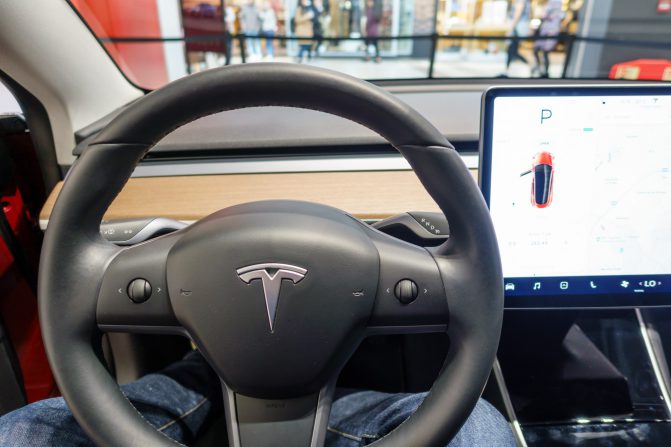Driverless cars allowed on roads from January
It also invited cities to compete to host one of three trials of the tech, which would start at the same time. In addition, ministers ordered a review of the UK’s road regulations to provide appropriate guidelines. The Department for Transport had originally pledged to let self-driving cars be trialled on public roads by the end of 2013.
Business Secretary Vince Cable revealed the details of the new plan at a research facility belonging to Mira, an automotive engineering firm based in the Midlands. “Today’s announcement will see driverless cars take to our streets in less than six months, putting us at the forefront of this transformational technology and opening up new opportunities for our economy and society,” he said. UK engineers, including a group at the University of Oxford, have been experimenting with driverless cars. But, concerns about legal and insurance issues have so far restricted the machines to private roads.
Other countries have, however, been swifter to provide access to public routes. The US States of California, Nevada and Florida have all approved tests of the vehicles. In California alone, Google’s driverless car has done more than 300,000 miles on the open road. In 2013, Nissan carried out Japan’s first public road test of an autonomous vehicle on a highway. And in Europe, the Swedish city of Gothenburg has given Volvo permission to test 100 driverless cars – although that trial is not scheduled to occur until 2017.
Competition cash
UK cities wanting to host one of the trials have until the start of October to declare their interest. The tests are then intended to run for between 18 to 36 months. A £10m fund has been created to cover their costs, with the sum to be divided between the three winners.
Meanwhile, civil servants have been given until the end of this year to publish a review of road regulations. This will cover the need for self-drive vehicles to comply with safety and traffic laws, and involve changes to the Highway Code, which applies to England, Scotland and Wales. Two area will be examined by the review: how the rules should apply to vehicles in which the driver can take back control at short notice, and how they should apply to vehicles in which there is no driver.




